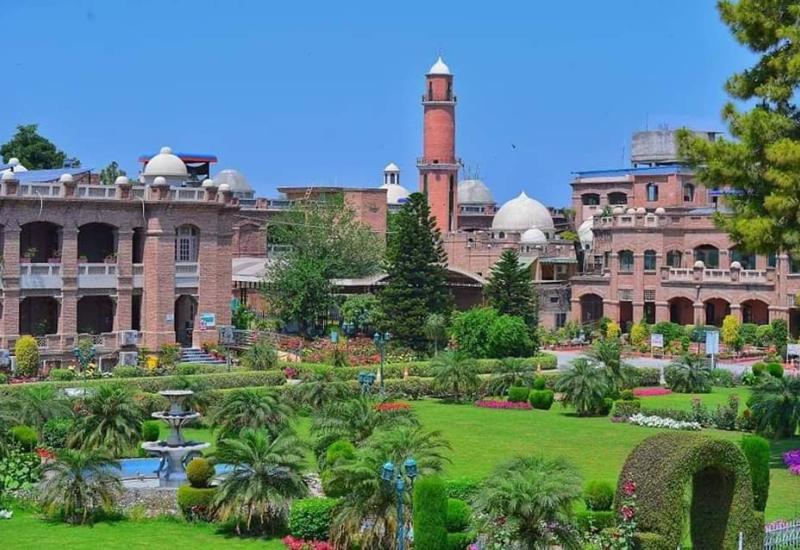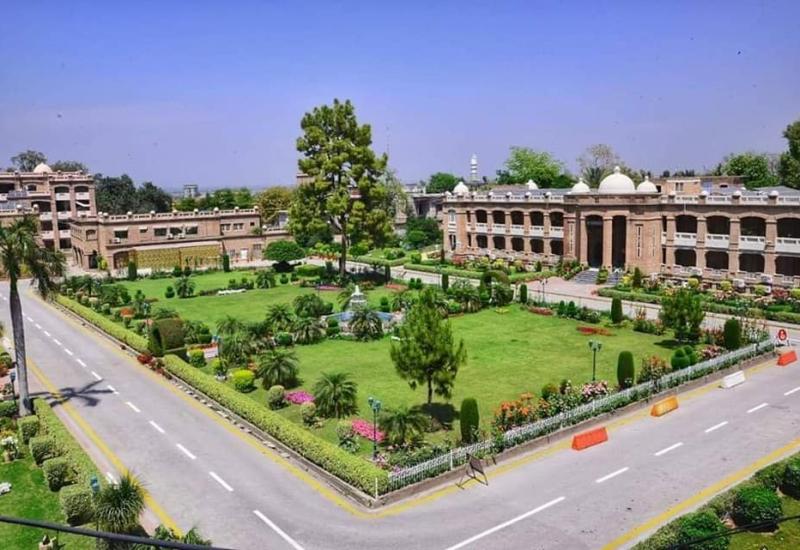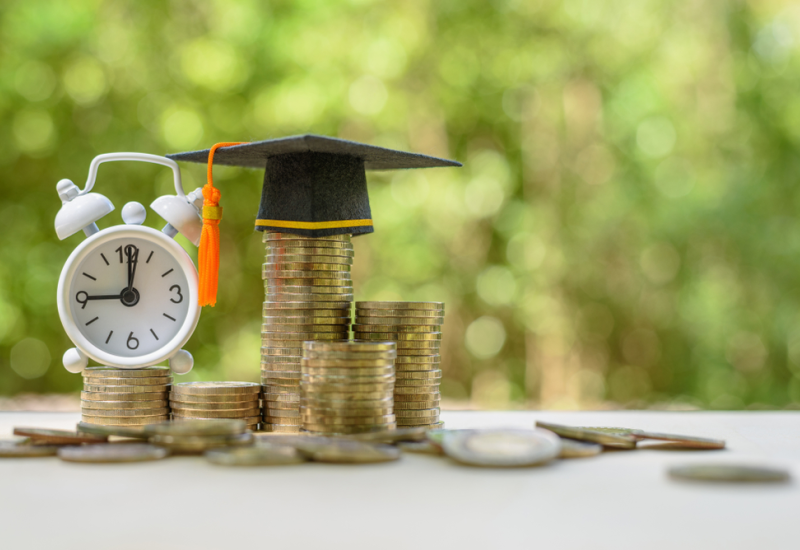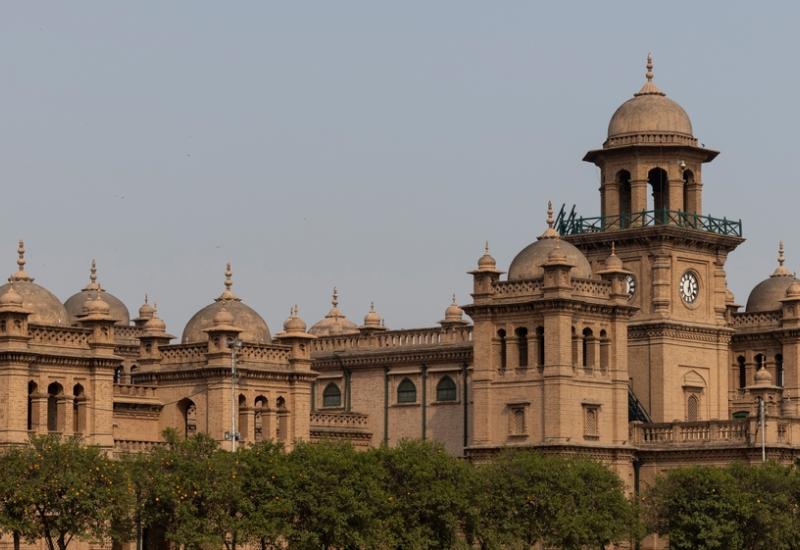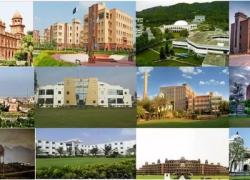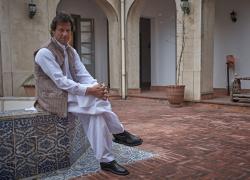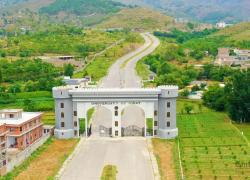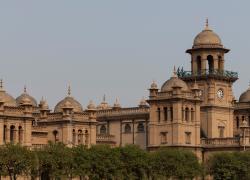The 02 years performance of PTI Government and miserable condition of universities in Pakistan
The PTI Government came to power with some dazzling slogans, eye-popping promises and amazingly impressive commitments to mesmerise the electorates. One such catchy line was to establish a world-class university in the Prime Minister House. The PM, Imran Khan reiterated his commitment umpteenth times, on numerous occasions that he would not use the PM House and shall convert it into a university of international standards. Khan emphasised that he was eying the Punjab Governor House for quite some time…But the things did not move, obviously, the way envisaged by the party top leadership and turned out to be ‘all talk no action’, at least during the past two years in office.
The Pakistan Tehreek-e-Insaf (PTI) government, under the leadership of Prime Minister Imran Khan, came to power with a promise of significant reforms across various sectors, including education. As we mark the two-year performance of the PTI government, it is crucial to evaluate its impact on the higher education landscape in Pakistan. Despite the ambitious goals set forth, universities across the country continue to face severe challenges, including inadequate funding, infrastructural deficits, and academic inefficiencies. This blog post delves into the current state of universities in Pakistan, examining the extent to which the PTI government's policies have influenced their performance and addressing the ongoing struggles that continue to hinder educational progress.
Progress on the establishment of a world-class university in PM House
In pursuance of the said commitment, within months, conversion of PM House into a university was announced, maintaining that the money to be recovered in corruption cases would be spent on education. We learnt that initially, an institute of advanced studies shall be established that will be later on turned into a full-fledged university to help address the emerging challenges and converting those into opportunities for the countrymen.
Read More: The most effective utilization of the Prime Minister and Governor Houses
Nevertheless, as reported by print media, a feasibility study for the said project is yet to be conducted which is likely to cost over Rs. 35 billion as new buildings shall be constructed over an area of 50 acres of land. However, it has been stated that a budget of Rs.200 million is required to conduct an initial feasibility study. Since then, little progress has been made on that account.
Progress on the conversion of Governor Houses into public places or educational institutes
Similarly, conversion of palatial Governor Houses into public places or educational institutes also gained much of the blatant promotion and sensational publicity but despite all the media hype, this turned out to be something of a damp squib. With the passage of time, this gimmick also fizzled out and nothing concrete came out of it during the last two years. What will be its ultimate fate? Anybody’s guess.
Major areas of concern
While taking stock of the 02 years performance of the incumbent government with respect to the higher education landscape in the country, it is worthwhile to note that educational institutes degenerated in many ways during the period. However, some positive developments are also on the cards. Some of the major areas of concern where the universities experienced difficulties and the government miserably failed to meet its obligations are listed here:
- Burgeoning financial crisis in the universities
- Appointment of regular Vice Chancellors
- Prevailing administrative vacuum
- Holding of the regular Senate meetings
- Establishment of provincial HEC
- Proposed amendments in the Universities’ Act



